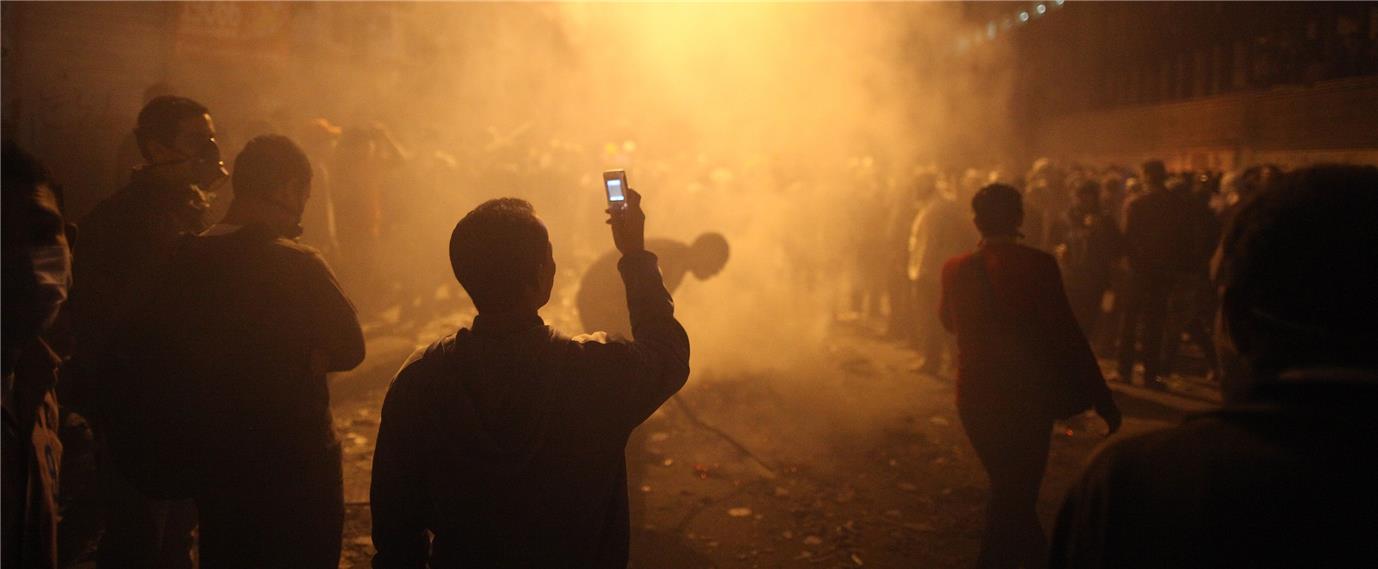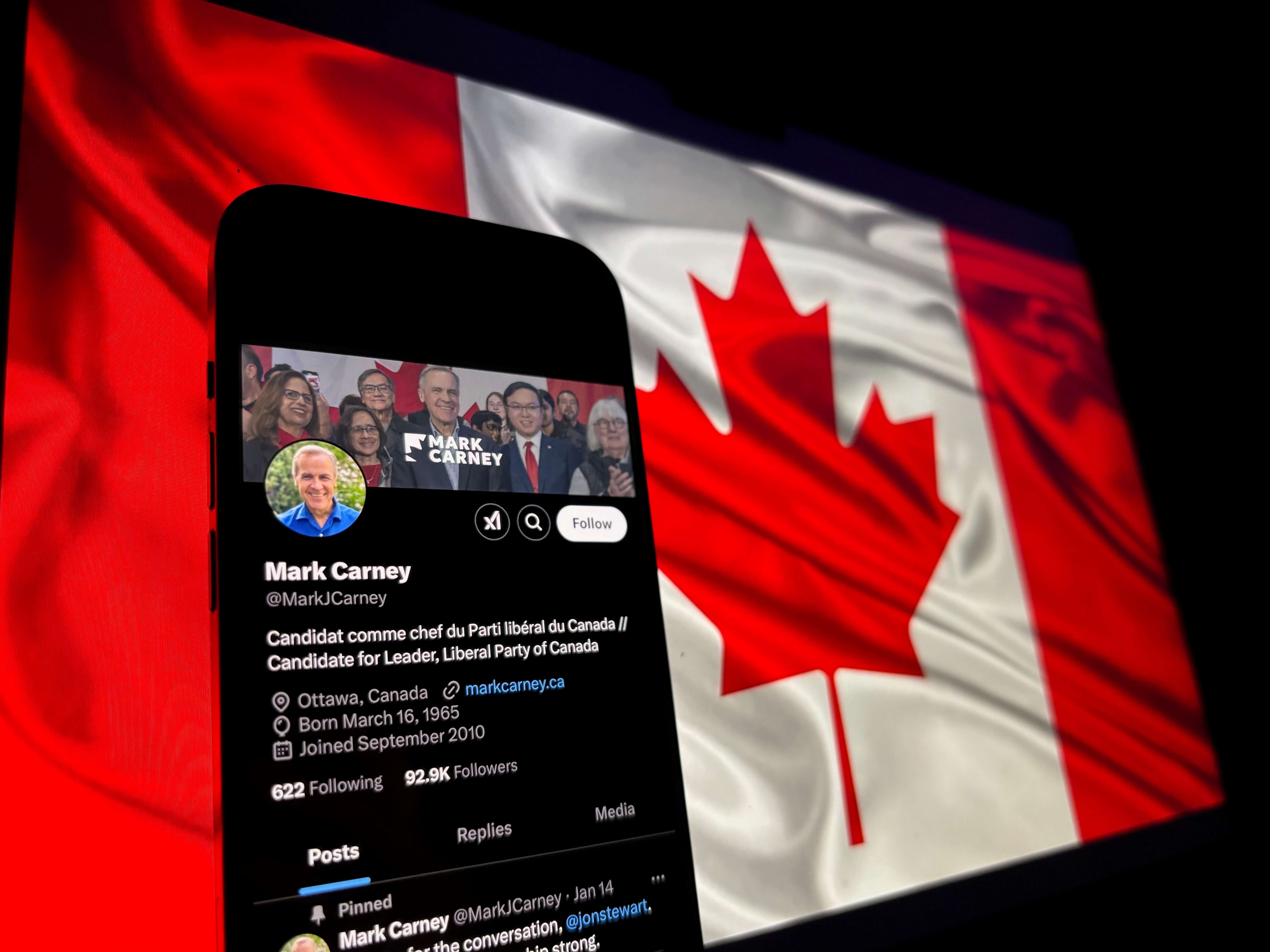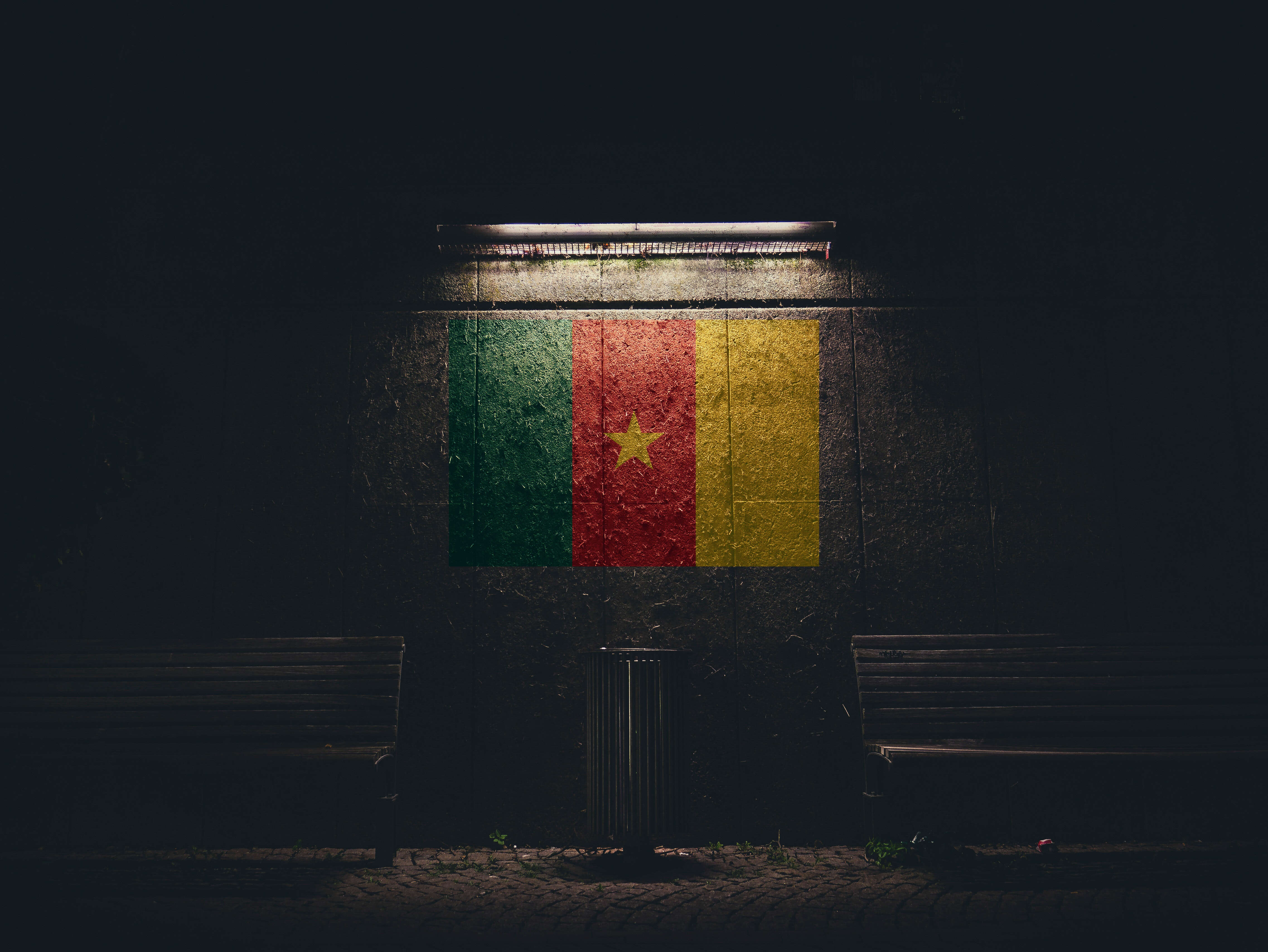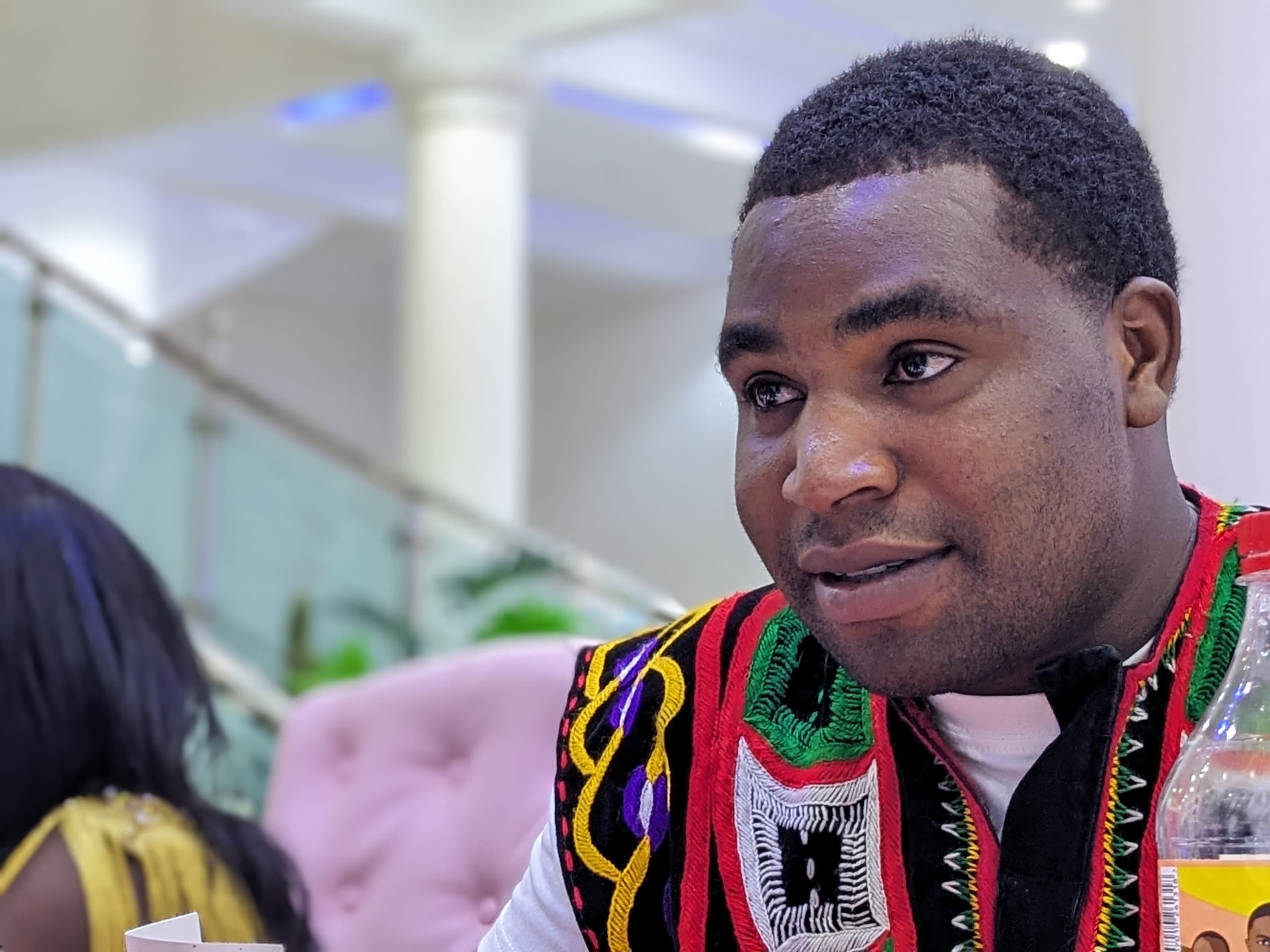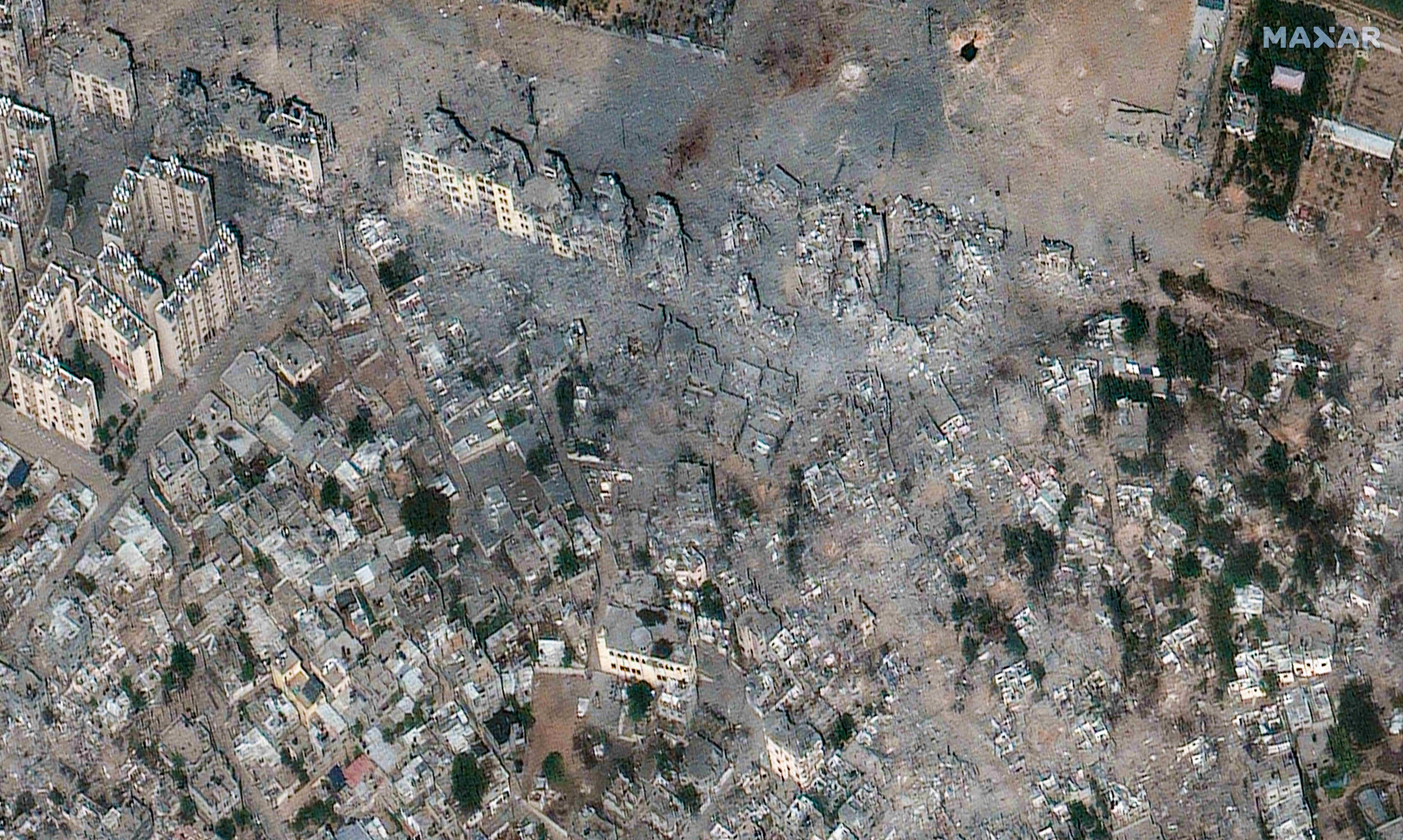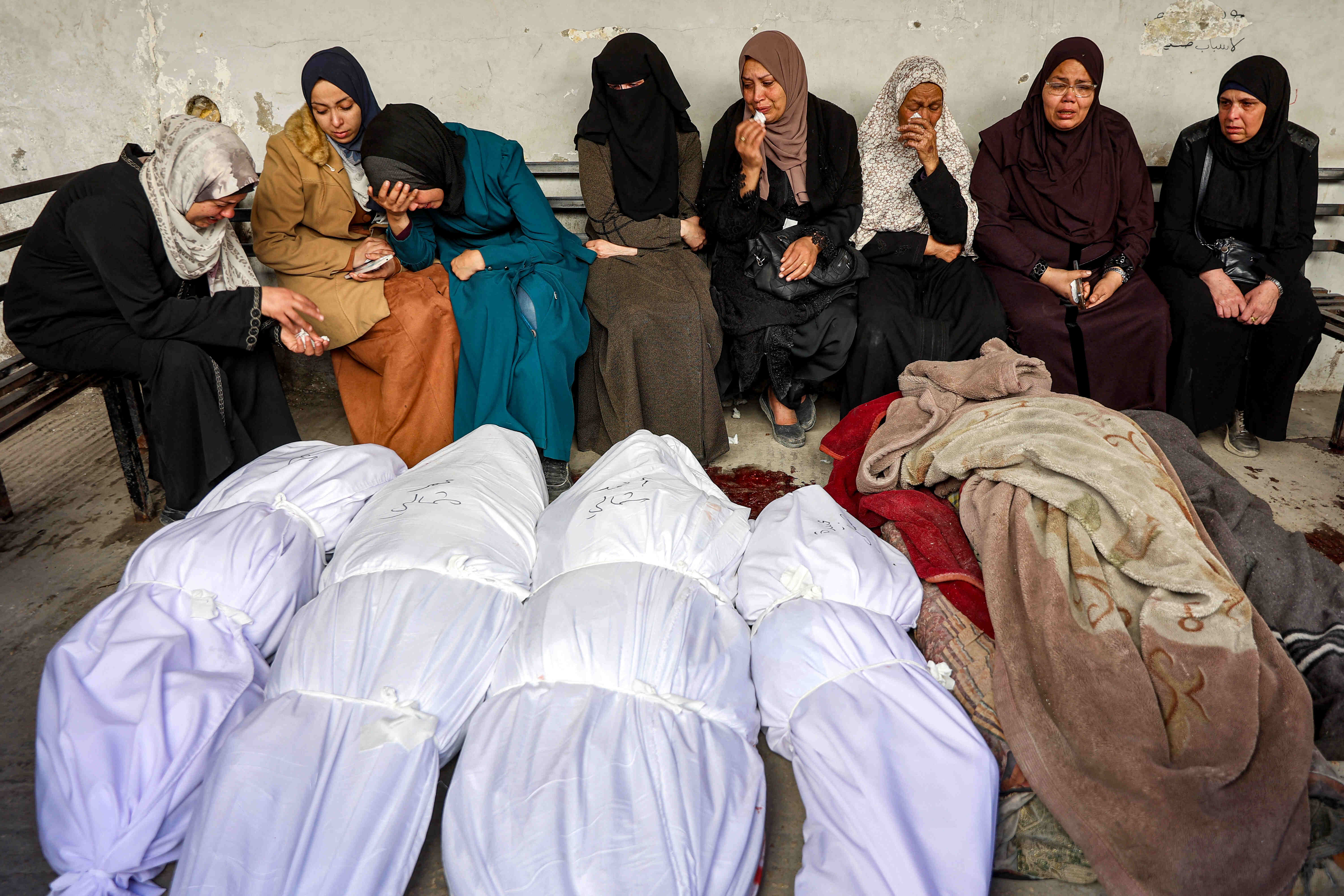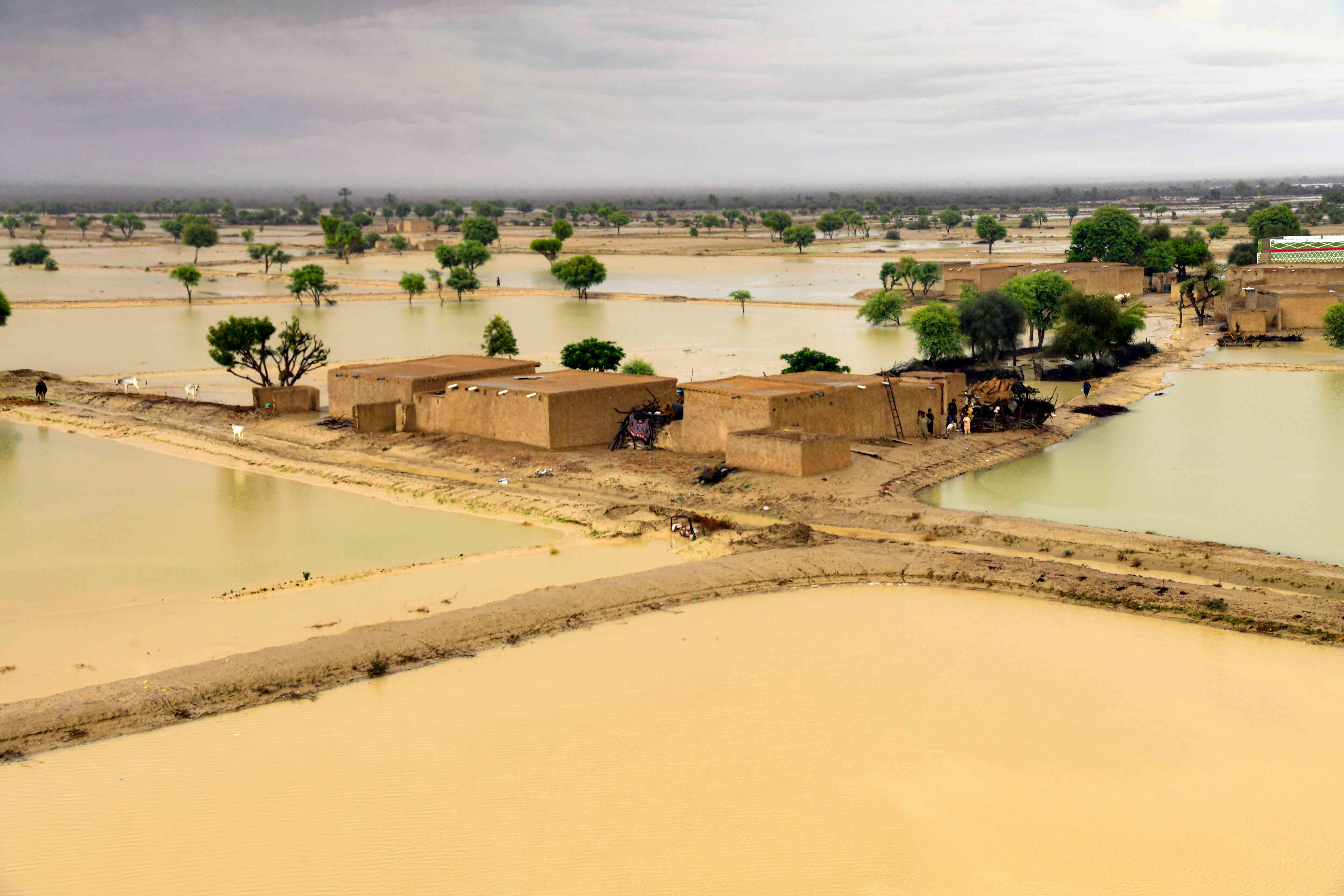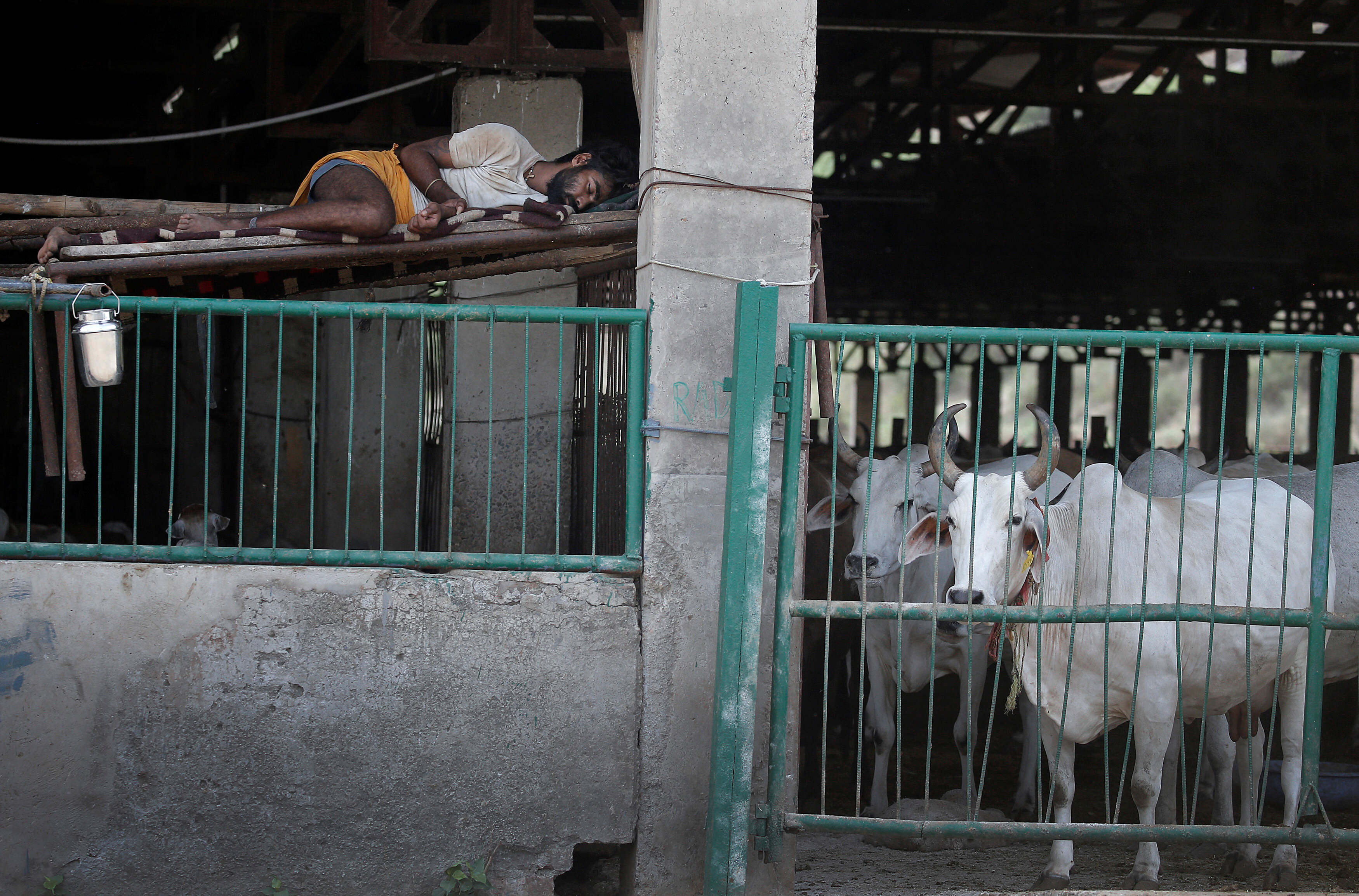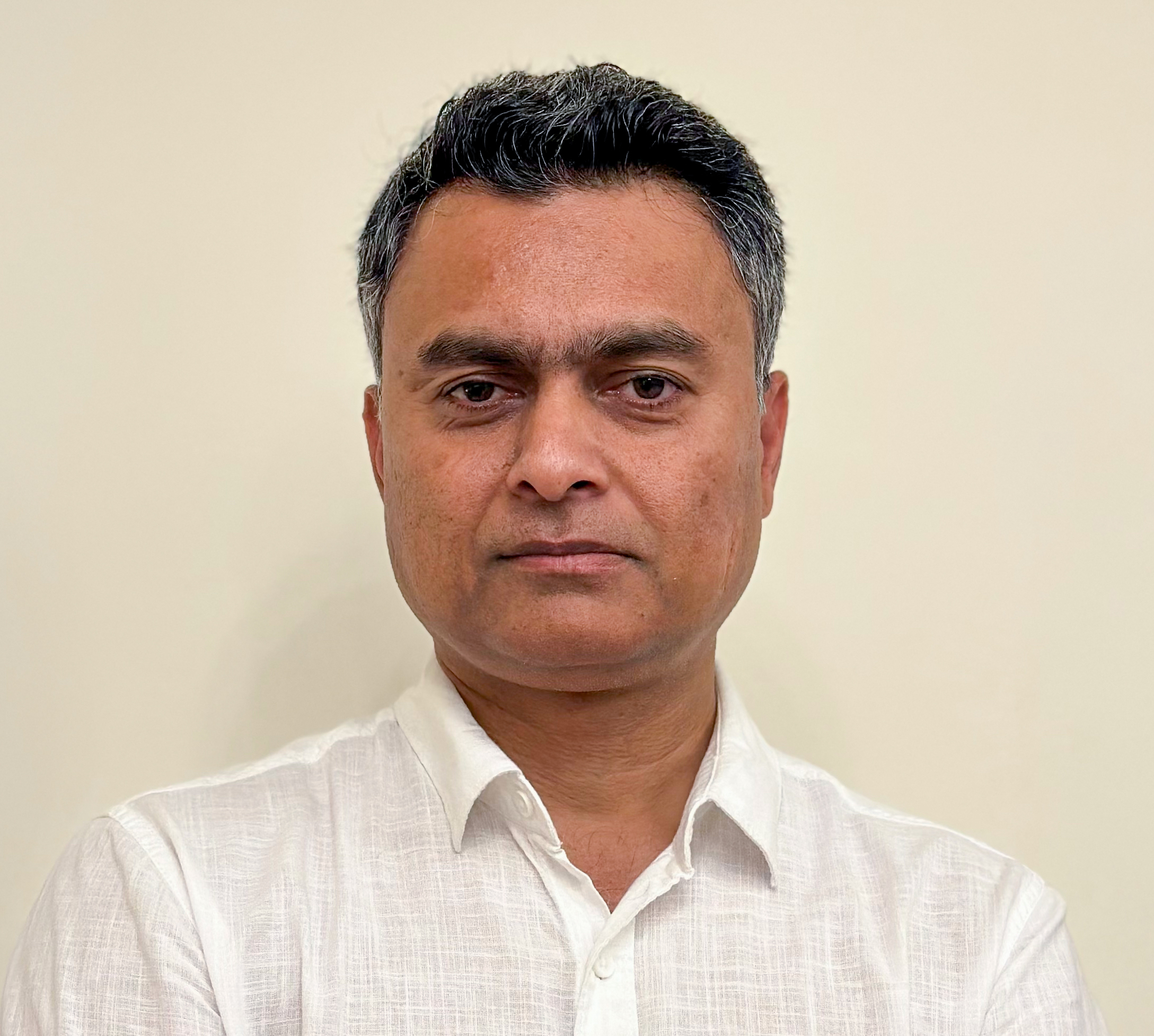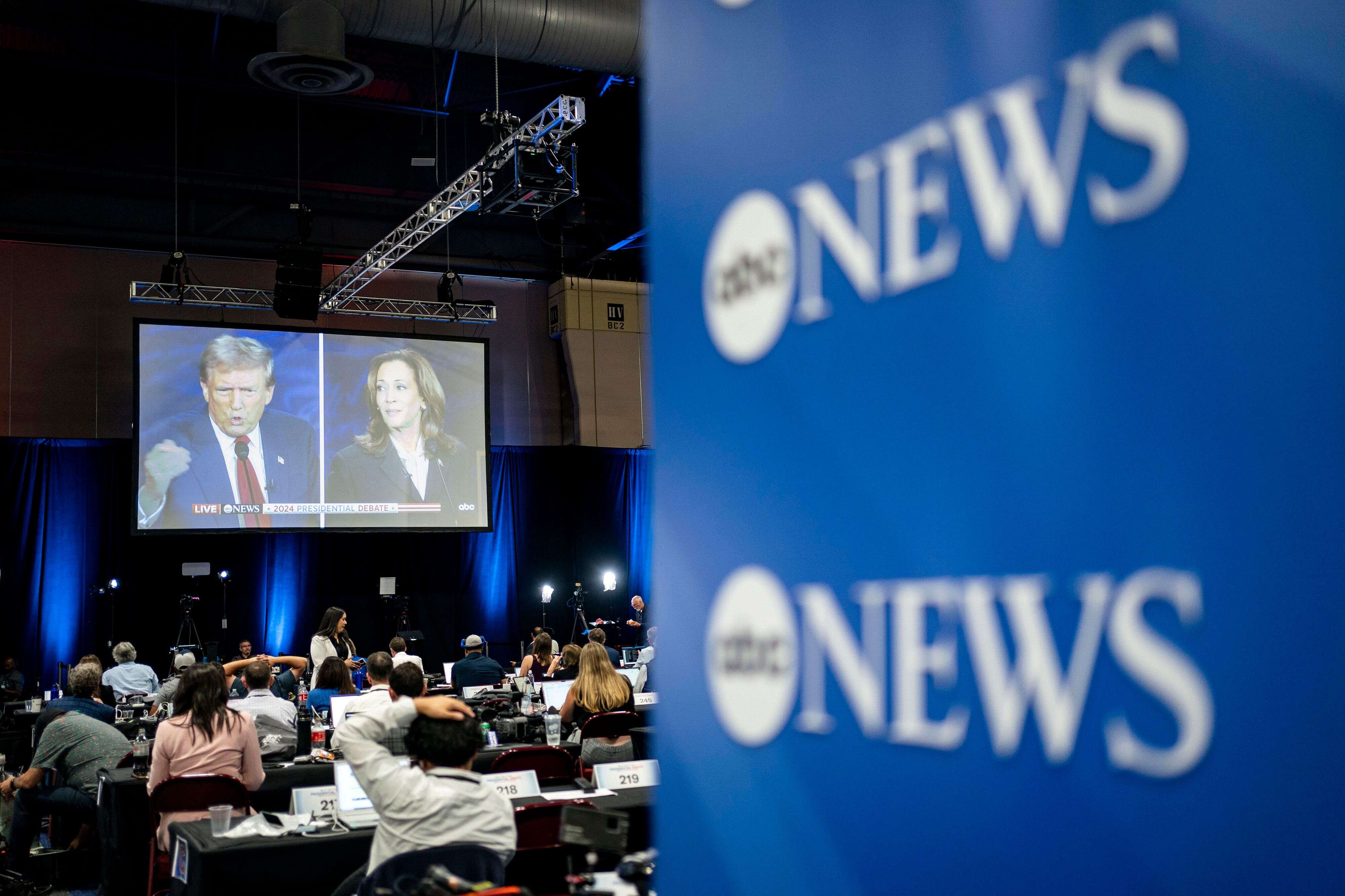فقط في عصر الإعلام الرقمي يعود الموتى إلى الحياة بعد أسابيع من إعلان وفاتهم رسميا عبر شاشات التلفزيون ومواقع الإنترنت.
ذلك هو ملخص قصة زينب الحصني.. فتاة سورية تختفي في بدايات الثورة عام 2011، فتنطلق الشائعات حول تورط عناصر موالية للنظام في اختطافها.. تستدعي السلطات عائلتها بعد أسابيع لتتسلم جثمانها المشوه وتدفنه بسرية تامة.
حدث كل ذلك على وقع حملة دولية منددة ببطش النظام وقمعه، لتظهر زينب "حية تسعى" بعد ذلك على وسائل الإعلام الحكومية، نافية قصة اعتقالها من أساسها.
لا تهدف هذه المقالة إلى الوقوف على قصة زينب وتداعياتها وما آلت إليه، فقد تفاقمت المآسي في الأزمة السورية على نحو لم تعد زينب استثناء، بل نسي الكثيرون حكايتها مع طوفان الألم الذي لحق بالبلاد.
سردتُ القصة للتذكير بأن المصداقية قد تكون ضحية وعرضة للخطأ والتضليل في عصر الإنترنت والإعلام المستند إليه، إذ يحلو لنا -نحن الصحفيين- أن نسمي المنتَج الذي نقوم به قصة صحفية، غير أنه في القصص والمسرحيات والروايات الأدبية، يختار المؤلف شخوص عمله الفني، ويرسم لها حبكة يتحرك بها نحو التأزيم والعقدة ثم الانفراج، لكن ذلك لا يحدث في عالم الصحافة.
فنحن -الصحفيين- لا نختار مسار قصصنا الإخبارية ولا شخوصها، وربما في مثل هذه الحالات يتعين على المحرر الصحفي أن يستعير الأدوات من عالم المحقق الأمني بدلا من عالم الكتابة الصحفية.
النت تخدع قبل العين أحيانا
وسعت الوسائل الحديثة من دائرة المشاركين في نقل القصة أو تصويرها وتسليط الضوء عليها، فقد ساهمت في وضع المزيد من المحاذير في عالم التحقق من صدقيتها. وقد أدركت أطراف أخرى -ربما متضررة من هذا المد- أن عليها أن تطور عناصر التشويش لتحاصر إعلام المواطن ولتطعن في أهم ما يملكه الصحفي، وهو الصدقية.
ولسوء الحظ فقد كان الطرف الآخر في هذه المواجهة أحيانا، هو أنظمة حكم راهنت وتراهن في بقائها على أجهزتها الأمنية المشهود لها بالدهاء حين يتعلق الأمر بدس المؤامرات.
ومن نافلة القول أن المواقع الإلكترونية تمارس قدرا من الانضباطية والتحري عندما يتعلق الأمر بالمواد الفيلمية تحديدا، لكنها ضوابط قاصرة على مراعاة نوع المادة التي يتم تحميلها ومناسبتها للقواعد العامة للموقع.
وفي حالات أخرى يتم الالتفات حصرا إلى حقوق الملكية للمادة، بما لا يرتب على الموقع مسؤولية قانونية.
بالنسبة لنا كإعلاميين، ثمة مستويات أخرى أكثر أهمية حين تُتداول مثل هذه المواد، إذ يتعلق الأمر بالصدقية بالدرجة الأولى، والتحقق من أن المادة تُثبت ما يراد لها أن تثبته.
ثمة قواعد في عالم الصحافة تناقش هذه الزاوية وتفرض على المحرر التثبت من مادته، تنص إحداها على أن "الأفضل أن تكون الثاني على صواب، من أن تكون الأول على خطأ".
الجزيرة أمام طوفان الصورة
اعتمدت الجزيرة في مراحل مبكرة صورة الإنترنت خاصة فيما يتعلق بالمادة الفيلمية، وتوسع الاعتماد عليها مع ما عرف بثورات الربيع العربي، خاصة في ظل شحِّ الصور الرسمية لمثل هذه الثورات.
في تونس التي قادت قطار الثورات مثلا، ظلت الصورة الرسمية الوحيدة المتداولة هي للرئيس التونسي المخلوع وهو يقف عند سرير محمد البوعزيزي، بينما كانت المدن التونسية تشتعل بالاحتجاجات.
ومع اللجوء إلى استخدام هذه الصور من الفضاء الإلكتروني، سعت الجزيرة إلى إرساء ضوابط للتحقق من المواد وغربلتها بما يضمن دقتها وصدقيتها.
ورغم أن المنتَج الإلكتروني قد وفر لنا الكثير من المواد الإعلامية، فإنه عجز أحيانا عن الوفاء بما نحتاج إليه من أدوات للتحقق، مما يوجب التدخل بالعودة إلى الحس البشري في الكشف عن الحقيقة.
في كثير من الحالات، اشترط محرر الجزيرة أن تكون الصورة في فضاءات مفتوحة كي توحي بالمكان الذي التقطت فيه، وتم التحفظ على الصور المأخوذة في أماكن مغلقة يلفها الكثير من التساؤل حول المكان والزمان والظروف المحيطة.
ومن شأن هذا الضابط أن يسهم في التحقق من ملامح المكان والشخوص، وبالتالي الحدث الذي نسعى لإثباته. وينسحب ذلك أيضا على الأصوات واللهجات، بما يؤكد ضمنا أنها ليست مفتعلة أو مضافة في مرحلة لاحقة إلى المادة الفيلمية.
ومن المهم في متابعة الأصوات والأحاديث خلال المادة، التحقق من أن حركة الشفاه مطابقة لمحتوى الكلام المسموع، تجنبا لإضافات أو دبلجة ينسب إلى المتحدث ما لم يقله.
من حسن الحظ أن مواقع الإنترنت التي تعرض هذه المواد، تنشر بدقة إلكترونية التوقيت الذي تُحمَّل فيه المادة، مما يمكن أن يساهم في التحقق من أنها حديثة رافقت الحدث، أو قديمة مرتبطة بحدث سابق.
ومن البديهي أن هذا لا يشكل دليلا قاطعا، فقد يعاد تحميل مادة قديمة بتاريخ جديد، الأمر الذي يستوجب درجات أعلى من التدقيق.
ويرتبط بالمؤشر السابق مؤشر عدد المشاهدات، إذ يُفترض أن يتناسب طرديا مع تاريخ النشر، ليشكل فرصة للمحرر للتحقق من تاريخ المادة وصدقيتها.
صلاحية بث الصورة
ورغم كل ما سبق، فثمَّة قاعدة جوهرية على صلة بهذا النوع من الصور، هي صلاحيتها للبث من حيث جودتها، فالكثير من هذه المواد التقطها مصورون يفتقرون إلى الاحترافية بأجهزة لم تخصص للبث التلفزيوني.
في كثير من الحالات، قد تكون هذه الصور التقطت في ظروف استثنائية لم تسمح لها بالاقتراب من الحدث، أو مختلطة بالكثير من الحركة والاهتزاز، أو شحيحة في الإضاءة، مما يجعل القرار في بثها من عدمه مقترنا بالحدود الدنيا التي تسمح بها الشاشة.
وخلال الأشهر الماضية نقل مصورون محترفون صورا لقتلى ودمار ناجم عن قصف حوثي لمدن يمنية.. كانت الصور معبرة بوضوح عن عمق الأزمة، وكانت وافرة من حيث الكمية، لكنها لم تكن صالحة للبث.
ففي سبيل نقل الحدث والمعاناة، لجأ المصور إلى التقاط صور قريبة للحدث تخدم رؤيته في نقل معاناة الضحايا، ولكنها لا تتسق مع أخلاقيات المهنة.
وفي عالم التلفزيون تحتّم علينا الأعراف المهنية المحافظة على كرامة النفس البشرية حية أو ميتة، سواء بعرضها تحت الإكراه والذل، أو بعرض ملامح الجثث التي تعرضت للعنف.
